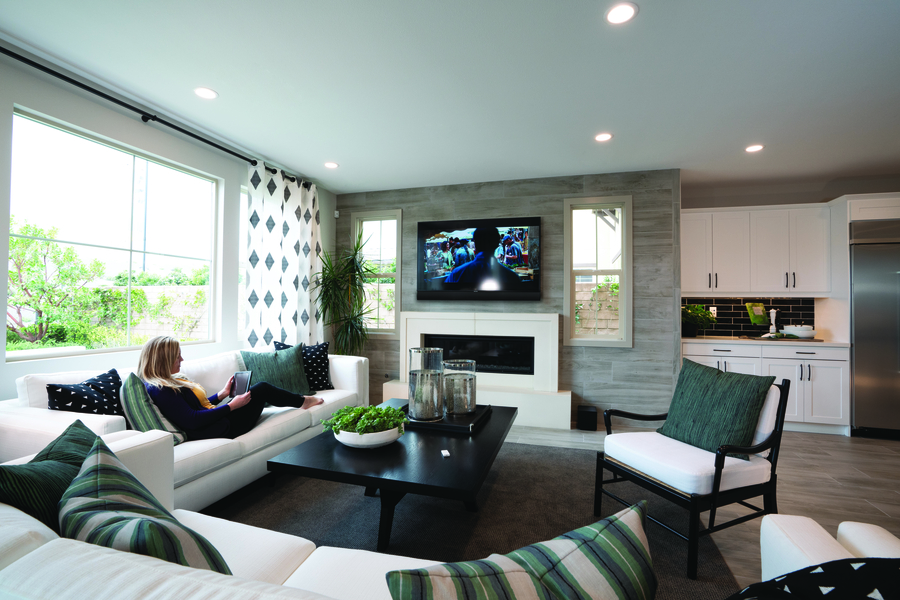Optimal Strategies for Positioning Surveillance Cameras to Improve Monitoring Effectiveness
Optimal Strategies for Positioning Surveillance Cameras to Improve Monitoring Effectiveness
Blog Article

Positioning security cameras effectively remains essential for improving monitoring in different environments, such as residences, businesses, as well as community spaces. The primary objective of surveillance cameras remains to deter crime while also provide proof in instances of incidents. To achieve this, it is essential to consider various factors, such as camera location, field of vision, and the particular areas that require oversight. By understanding these factors, individuals as well as entities can develop a comprehensive monitoring strategy that optimizes the efficacy of their surveillance systems.
One of the first actions in placing security systems is to identify key areas that require surveillance. Vulnerable zones, including entry points, exit points, parking areas, and locations with valuable items, should be prioritized. It also important to take into account blind spots, that are locations that may not be seen from certain perspectives. By mapping out these critical areas, security staff can ensure that every corner remains monitored, minimizing the chances of illegal activity going undetected. Additionally, placing surveillance systems at strategic points can assist create a complete view of the property, enabling for better total security monitoring.
The viewing angle of a security system is another crucial element to consider. Various types of surveillance systems provide varying fields of vision, that can affect how many area gets captured in the video. For instance, broad-view cameras can monitor bigger spaces, rendering them ideal for spacious locations, while pan-tilt-zoom cameras can be modified to concentrate on specific features. When positioning cameras, it becomes essential to choose the appropriate kind based on the location being monitored. This guarantees that the camera can capture sharp images and offer important data in case of an incident.
Height and angle of installation also play a significant role in the effectiveness of security systems. Surveillance systems must be installed at a height that is out of reach of possible interference but also enables for clear visibility of faces and additional recognizable details. A common recommendation is mount systems at least 8 to ten feet off the ground. Additionally, the angle at which the camera is positioned can affect its capability to record crucial details. Cameras should be tilted to reduce reflection and avoid obstructions, ensuring that they can capture sharp footage at all times.
In conclusion, routine upkeep and updates to the surveillance camera are crucial for sustained efficacy. This includes checking system performance, wiping lenses, as well as making sure that firmware useful source is up to date. Frequent evaluations of the surveillance strategy can help detect any additional blind spots or areas that might need extra coverage. By staying vigilant and implementing necessary adjustments, people as well as organizations can enhance their monitoring efficacy and ensure that their security solutions remain to serve their intended function.